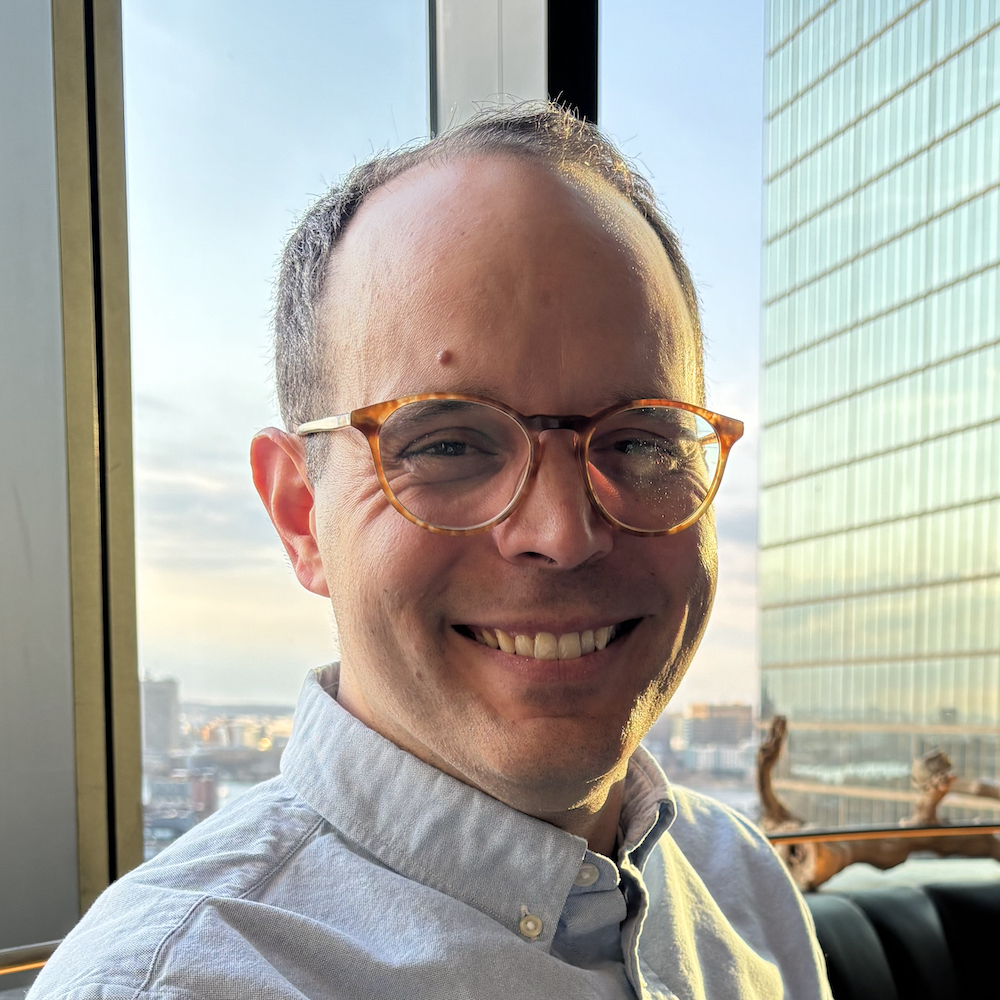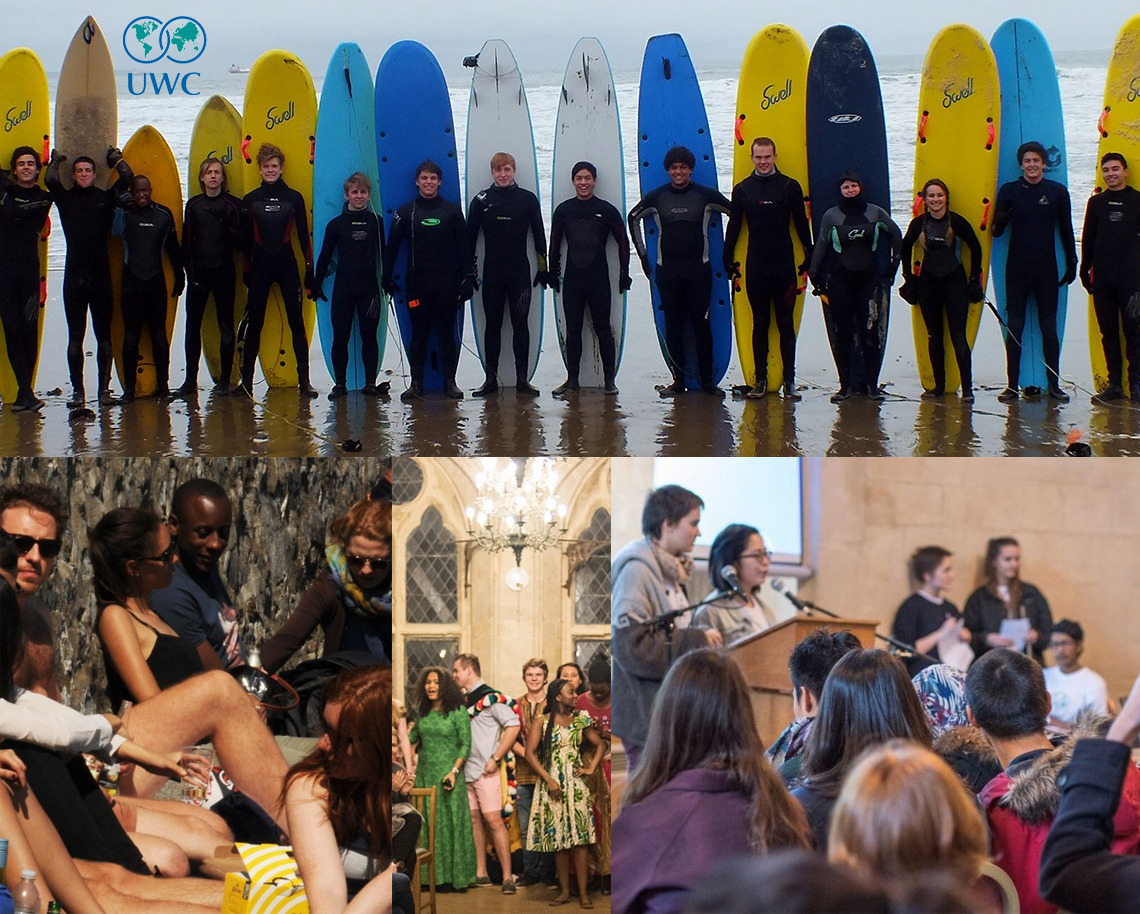About Me
first... introductions

I am an astrophysicist, and I work at the Center for Astrophysics | Harvard & Smithsonian (CfA), where I am a member of the Chandra X-ray Center Science Operations Mission Planning Team. Since 2023, I also serve as the Deputy Chair for the High Energy Astrophysics Division of the CfA.
I am a proud alumnus of Atlantic College (UWCAC), the University of Edinburgh and Universidad Simón Bolívar, and I completed my doctoral dissertation at the CfA as a Smithsonian Predoctoral Fellow, with the support of my advisor Pat Slane.
After working at the MIT-Kavli Institute for Space Research as a Chandra/HETG Postdoctoral Associate, I moved to the NASA Goddard Space Flight Center where I spent time as a Visiting Scientist and NASA Postdoctoral Program Fellow, and joined the Fermi-LAT Collaboration.
In addition to working closely with the Fermi-LAT team at NASA-Goddard on mission monitoring, data analysis and science, I took an active role in helping develop the next generation of space-based gamma-ray observatories, as well as serving as working group member in the collaborations behind the design of the future Athena and Lynx X-ray instrument projects. I am currently involved in the concept development team for the Line Emission Mapper (LEM), a proposed Astrophysics Probe Explorer (APEX) mission, responding to NASA's AO23 NNH23ZDA021O.






